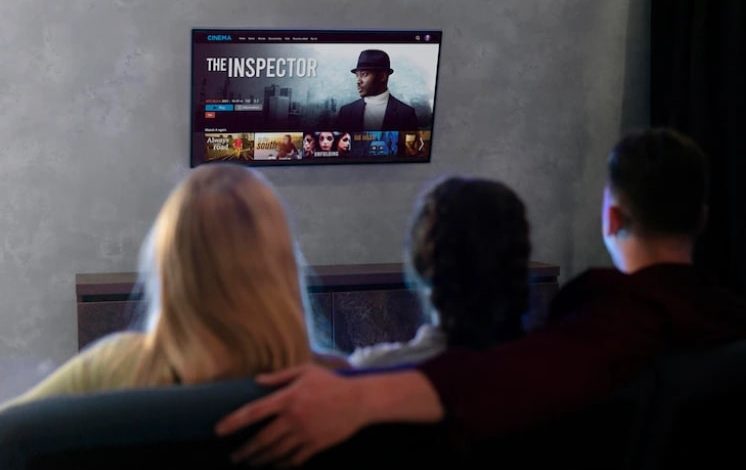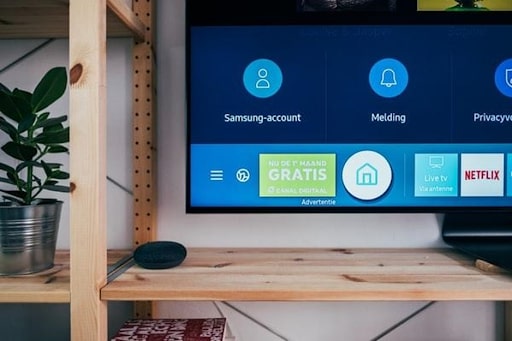Streaming Services vs Cable

The debate between streaming services and cable TV has been around for a while now, and it doesn’t show any signs of slowing down. Both have their pros and cons, and it can be hard to decide which is the best option for you.
Further, it seems like every day, another streaming service pops up. So, how do you decide which one to use? You’ll need to invest in a high-speed internet provider, such as Spectrum New York, NY. And then, will you even need cable anymore? In this article, we’ll compare streaming services to cable TV. Keep reading to find out which is right for you.
Local and National News Coverage
Streaming services like Netflix and Hulu don’t have the same local and national news coverage that cable does. This is because they are both online streaming services, which means their main focus is on providing TV shows and movies instead of news.
Cable providers have the ability to provide local and national news because they have a physical infrastructure that delivers cable TV signals to people’s homes. Online streaming services don’t have this infrastructure, so they rely on networks like NBC, ABC, CBS, and Fox to provide their news content. This can cause some delays in getting new episodes of popular shows up on streaming services since the networks typically wait until after the episodes air on TV before making them available online.
Options For Sports

When it comes to streaming services versus cable, there are more options for sports. Cable has traditional networks like ESPN, Fox Sports, and NBC Sports. There are also regional sports networks (RSNs) that focus on a specific area. For example, the YES Network in New York focuses on Yankees and Brooklyn Nets games.
Streaming services have some of the same options as cable, but they also have their own exclusive deals. For example, Netflix has an agreement with Major League Baseball to stream games not shown on television. Hulu has an agreement with the National Basketball Association to show live games and other content related to the league. Amazon Prime Video has an agreement with the National Football League to stream Thursday Night Football games during the 2017 season.
Recording Shows and Ads
Because viewers can watch entire seasons of a show without any commercial interruption on streaming services, they are less likely to tune into live broadcasts, which traditionally have more commercials.
The article also suggests that streaming services allow viewers to record shows, which further diminishes the need to watch live broadcasts. This has led to a decline in viewership for traditional cable networks and a corresponding increase in viewership for streaming services.
Monthly Costs

Streaming services such as Netflix, Hulu, and Amazon Prime offer a variety of TV shows and movies for a monthly fee. These services can be streamed on devices like computers, phones, and TVs. Most streaming services cost around $10 per month. Meanwhile, cable typically costs more than $100 per month. However, there are often discounts available for bundling cable with other services like internet or phone.
Cable companies have been losing subscribers due to the popularity and affordability of streaming services. Cable companies are offering their own streaming services to compete with streaming services. They are also bundling their streaming services with phone and internet services in order to attract subscribers.
When it comes to streaming services versus cable, there are a lot of factors to consider. Both have their pros and cons, and it can be tough to decide which is the best option for you. So, what’s the verdict? Well, it really depends on what you’re looking for. If you’re looking for a lot of content and don’t mind paying a bit more, cable TV is the way to go. If you’re looking for a cheaper option with more flexibility, streaming services are the way to go.




